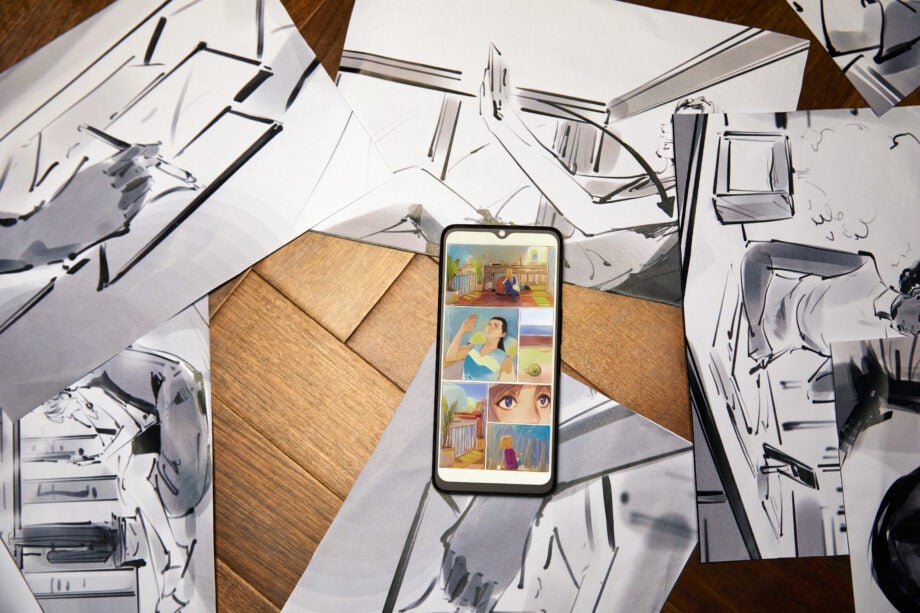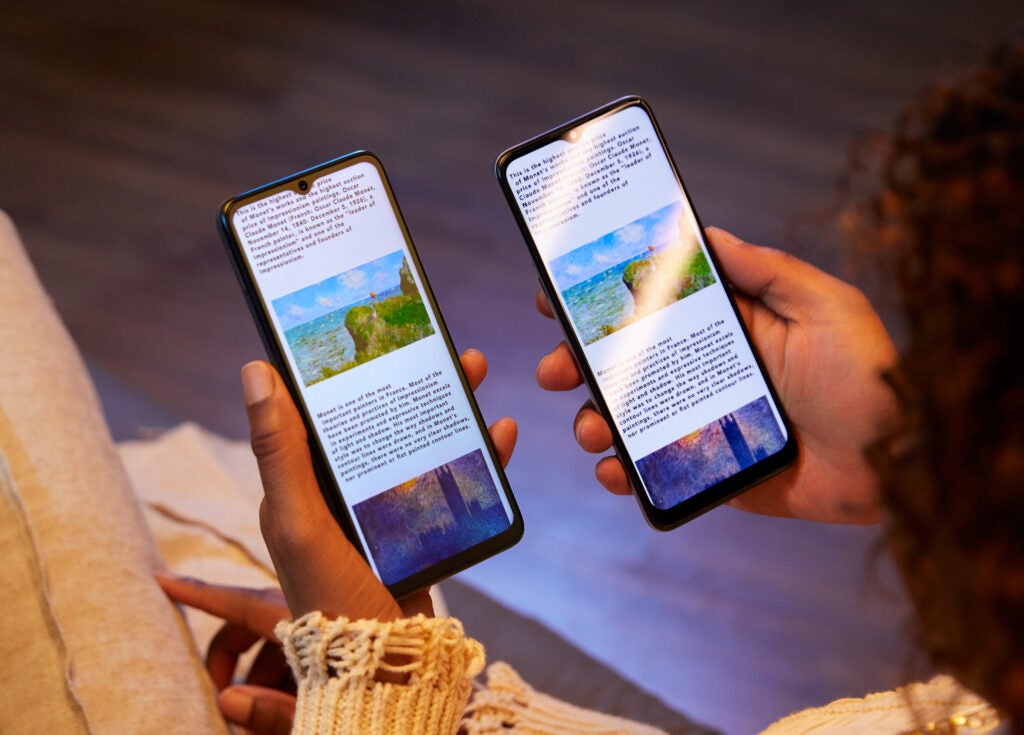TCL’s latest budget phone has a unique feature I’d love to see on a future iPhone

OPINION: It can often be hard for budget phones to stand out, especially with so much competition, however with the newly announced 40 Nxtpaper, TCL is trying to offer something unique.
TCL’s Nxtpaper branding has been around for a while, gracing a couple of tablet devices, however ahead of the IFA 2023 it has announced the first phone to utilise the screen tech.
As a refresher, TCL uses its Nxtpaper branding to refer to a screen that feels like paper thanks to a matte finish. This sets it apart from the competition, which typically uses glossy panels.

TCL claims the benefits of this screen type include improved outdoor visibility and a reduction of reflections getting in the way when the phone is used in direct sunlight, but that it is also more comfortable on the eyes when used for extended periods. It should also give a more realistic paper feel and texture when used with a stylus.
The TCL Nxtpaper 40 and its 5G-toting sibling are the first phones to utilise this screen tech and instead of launching it on high-priced devices, TCL has instead used it as a way of differentiating its budget wares from a packed marketplace dominated by brands like Samsung, Xiaomi and others.
The TCL 40 Nxtpaper 5G is the pricier of the two phones – it will sell for £219.99 when it launches in multiple European markets in October – and it comes with 5G, a 90Hz 6.6-inch HD+ display, 256GB storage and 6GB RAM – though this can be bumped to 12GB through software.
There’s also a 50MP main camera, a 2MP macro camera and it’s compatible with the brand’s T-Pen stylus, which should feel great on that papery display. The TCL 40 Nxtpaper, predictably eschews 5G for a more affordable £179.99 starting price. However, missing out on 5G does have its benefits, as this version has slightly more RAM, a sharper FHD+ display and 33w charging.
Neither of these phones are really about the specs, though. It’s the unique display that will set them apart from the best cheap phones on the market and it’s great to see TCL trying something a bit different at the affordable end of the market. While I haven’t had the chance to use either phone yet, I have been impressed by the potential of Nxtpaper devices in the past and they have improved a lot in a short space of time.
TCL has said the Nxtpaper displays here offer ‘industry leading eye comfort’ and that there’s a built-in sensor that adjusts the colour temperature and display brightness based on a user’s environment. Another clever feature is a monochrome mode that should be great for turning the phone into something akin to a Kindle, making reading much more comfortable than it typically would be on a phone.

While it’s nice to see tech like this deployed on devices with starting prices comfortably under £250, it’ll really get exciting when, and if, it is ever used on powerful high-end phones. A future iPhone, or even an iPad Mini, with this kind of screen would be a fantastic note-taking and reading tool, while it seems like it would be a fantastic upgrade to one of Samsung’s S Pen-toting devices.


